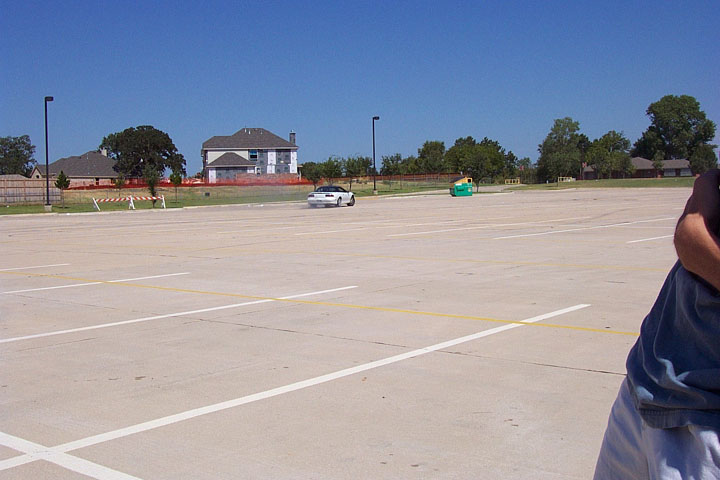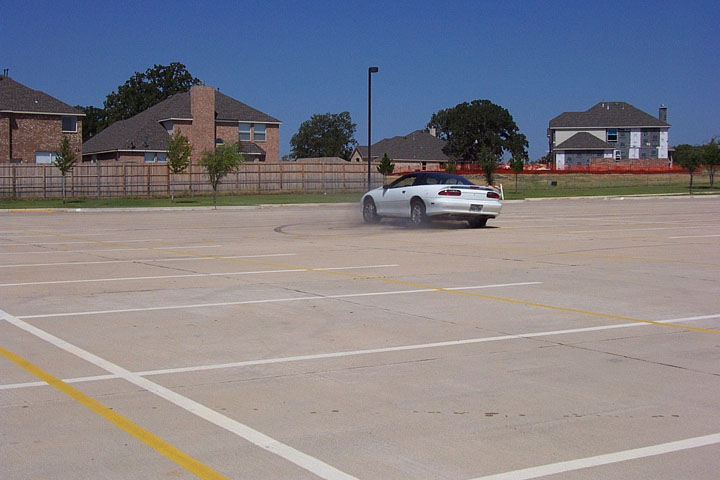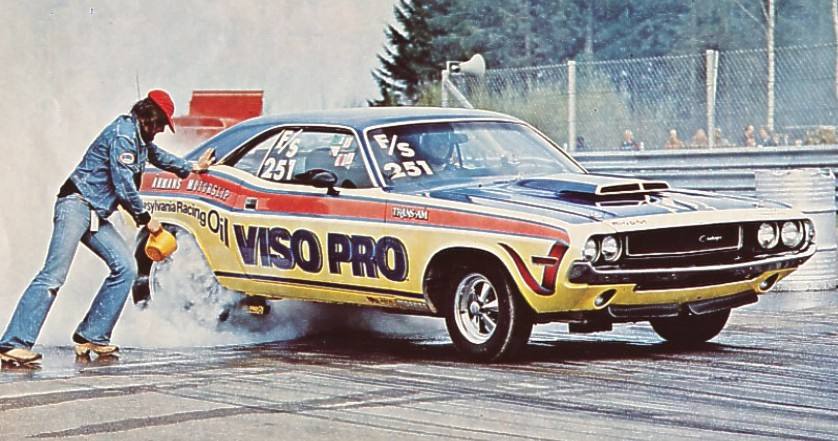 |
| |
|
|
|
|
 |
| About The Dodge Challenger |
 |
|
The Dodge Challenger
The Challenger project was first started in about 1965 as Dodge's answer to the pony car. Carl Cameron refined the car for some time, and, by 1968, they were building 1970 Challenger prototypes. Finally, in the fall of 1969, Dodge finally introduced the E bodies. With a choice of nine engines, from a slant-six Coupe (and, starting in February, a Deputy) to an R/T Hemi, and eighteen colors, the Challenger offered a lot of choice.
The E-body tag reflected current Chrysler Corp. body styles: the compacts were As, mid-size to large were B, and C and D were reserved for oversized Chrysler models. The E was built off a shortened B platform.
Tom Murden mentioned that the Plymouth 'Cuda was an inch too short for Can-Am - the Challenger, being an inch longer, was raced in Can-Am, and the 'Cuda remained in Trans Am.
[Dan Harling:] By 1970, the list of E-bodies included an R/T, SE, and T/A, a variety of engines including the Hemi.
|
| |
|
 70 Challenger RT
70 Challenger RT |
| |
Trans Am Challengers
The Trans-Am Challenger was the race version of the normal street demon. About 2,400 were built to comply with the SCCA (Sports Car Club of America) rules - the AAR Cuda was built for similar reasons. Sam Posey drove the real T/A. It had a destroked 303 cubic-inch LA (273-318-340-360) motor with a four barrel. The early-production T/As had a twin-scoop hood and a bumblebee stripe with the modified 340 six pak.
There were 989 four speeds and 1411 automatics made. You talk about early T/As having dual scoops, this is not factual. I have had the pleasure of seeing the first one built and it has T/A striping, [fiber]glass hood (single scoop), rear and front spoilers. 1,226 JH23H1B & 1,078 JS23H1B (RTs) were made in 1971 with 340-4BBl.
Early T/As looked just like any other Challenger, and without the bold graphics and spoilers of later T/As, those cars surprised many at stop-light shoot outs. The T/A's 340 had valvetrain improvements, beefier heads, increased webbing in the mains, and other improvements.
|
 70 Challenger T/A
70 Challenger T/A |
| |
1971-74 Challengers
For 1971, as in 1970, the Hemi was in the R/T lineup as well as the 440, and the standard 383; new was the light but high-performance 340. There were no R/T ragtops, but there were 340 ragtops that were essentially similar, except for the emblems and the R/T VIN code.
By the same token, you could order a 340 R/T look-alike with a shaker and a go-wing, and most of the R/T paraphernalia, without the higher insurance premiums.
The main difference in the 1971 SE was the back window, which grew to normal size. There are rumors of '71 T/As, but they had a 340-4 barrel.
In 1972, there were big changes. The R/T, ragtop, T/A, and SE vanished, along with the Six-Pack. However, the Challenger Rallye was introduced, and the 340 was still around, albeit with less power. There was a stroked 318, the 360, and the slant six, which disappeared a year later. 1973 brought huge bumper guards and lost the slant six and gunmetal grey color.
By 1974, there were two engine choices: the 318 and somewhat more powerful 360, which was only available in 1974; it replaced the 340, which ended in 1973. The Challenger disappeared shortly after its power vanished, its name to be used by a Mitsubishi import.
|
 1970 Challenger "lighting em up"
1970 Challenger "lighting em up" |
|